Why Social Media is Fake and How to Navigate it Authentically
https://showfakes.com/wp-content/uploads/2023/12/305663108_635255444767201_8574034403457322217_n.jpg 960 614 Admin Admin https://secure.gravatar.com/avatar/9c89a0590fb34eb4e2bf2f9088e9f86a?s=96&d=mm&r=gWhy Social Media is Fake and How to Navigate it Anuthetically
“Why Social Media is Fake” In the digital age, our lives are inextricably woven into the fabric of social media. We scroll through meticulously crafted feeds, double-tap on photos boasting picture-perfect sunsets and exotic locales, and sigh as the carefully curated lives of others unfold on our screens. But beneath the polished veneer of likes, shares, and perfectly angled selfies lies a truth that whispers in the quiet corners of our minds: social media is fundamentally fake.
It’s not an outright lie, of course. There are glimpses of reality, snapshots of people’s lives. But these snippets are carefully chosen, meticulously edited, and designed to portray a curated version of ourselves, a highlight reel of our triumphs, milestones, and moments that make us look good. The messy parts, the vulnerabilities, the failures – these are meticulously airbrushed from the digital canvas, hidden away in the locked vaults of our private struggles.

This carefully constructed facade is a double-edged sword. On one hand, it can be a source of inspiration, a platform to showcase our talents, and a window to connect with like-minded individuals. But on the other hand, it creates a dangerous illusion, a distorted reality where envy, inadequacy, and a gnawing sense of failure become the unwanted side effects of endless scrolling.
We compare our own unfiltered lives, with their messy moments and everyday struggles, to these curated highlight reels, and the inevitable result is a toxic cocktail of negative emotions. We question our own self-worth, feel like we’re falling short of some unattainable ideal, and forget the simple joy of being human in a world that seems increasingly obsessed with perfection.
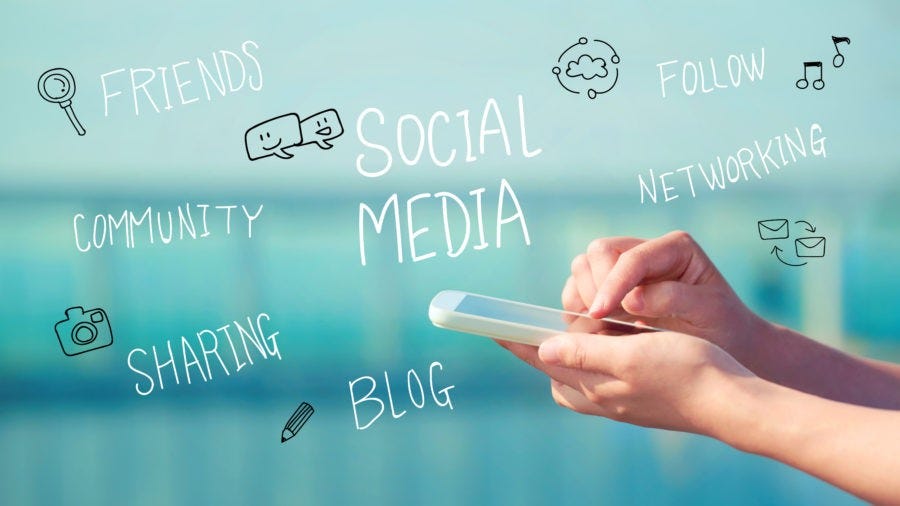
But the blame doesn’t solely lie with the content we consume. The algorithms that power these platforms are also complicit in this grand deception. Designed to keep us engaged, to trigger our emotions, and to keep us scrolling for hours on end, these algorithms amplify negativity, sensationalize news, and create echo chambers where our pre-existing biases are confirmed and reinforced. In this information war, critical thinking skills are essential, but even the most discerning minds can be fooled by the sophisticated tactics employed by malicious actors and misinformation campaigns.
So, is there any hope for navigating this digital landscape without succumbing to the allure of the fake? Absolutely. The key lies in awareness and intentionality. Here are some steps we can take to break free from the curated mirage and embrace a more authentic online experience:
- Focus on quality, not quantity: Choose to follow accounts that inspire you, challenge you, and make you think. Unfollow those that leave you feeling drained or inadequate. Remember, less is often more when it comes to your online community.

- Be mindful of your own curation: Share your authentic self, not just the highlight reel. Vulnerability is strength, not weakness, and the world needs more of it.
- Embrace critical thinking: Question everything you see and read. Verify information, consider alternative perspectives, and be wary of sensationalized headlines and emotionally charged content.
- Take breaks: Disconnect from the digital world and reconnect with the real one. Spend time in nature, engage in meaningful conversations, and savor the simple joys of life without documenting them for the gram.
- Use social media for good: Share positive stories, connect with communities that make a difference, and use your voice to advocate for causes you believe in.
Ultimately, social media is a tool, and like any tool, its impact depends on how we choose to use it. We can let it control us, trap us in a curated mirage, or we can wield it as a force for good, a platform for connection, and a tool for positive change. Remember, the real world, in all its messy, beautiful glory, is far richer than any algorithm can create. Let’s step away from the filters, embrace the unfiltered truth of our own lives, and write our own stories, not for likes and shares, but for the joy of genuine connection and the satisfaction of living authentically in the real world.

This is just a starting point, of course. You can further explore and personalize your article by adding specific examples, personal anecdotes, and research findings to support your arguments. You can also delve deeper into specific aspects of social media’s fakery, such as the rise of influencers, the prevalence of misinformation, or the impact on mental health. Remember, the most important thing is to write with passion, authenticity, and a desire to spark meaningful conversations about the way we interact with and experience the world in this digital age.
Closing the Curtains on the Curated: Embracing the Unfiltered Beauty of Real Life
We’ve swiped through countless feeds, double-tapped on envy-inducing vacation photos, and sighed at the perfectly-lit moments of seemingly perfect lives. Social media, with its meticulously crafted facades, has painted a picture of a world far removed from the messy, beautiful reality we inhabit. But as we close the curtain on this curated mirage, a truth emerges, radiant and undeniable: the real world, unfiltered and alive, is where the true magic lies.

Imagine the joy of a shared meal, laughter echoing without the need for captions, the quiet wonder of a sunrise witnessed with open eyes, not through a phone screen. These are the moments that truly matter, the ones that fill our hearts long after the last notification fades.
Social media isn’t inherently evil. It can be a tool for connection, for sharing stories, and for amplifying voices that matter. But its power lies not in the curated feeds, but in the authentic connections we forge through it. Let’s use this platform to celebrate the messy beauty of real life, to share our vulnerabilities and triumphs without the pressure of perfection.

It’s time to put down the filters, step out of the curated feeds, and embrace the sunlight. Let’s trade the highlight reels for whispered secrets shared with loved ones, the carefully crafted captions for the unscripted joy of a child’s laughter. Let’s reconnect with the world, not through filtered images, but with eyes wide open and hearts ready to embrace the chaos and wonder of it all.
Remember, the most valuable moments are often the ones we don’t post, the ones we live in the present, with hearts open and minds curious. So, let’s close the tabs on curated lives and open ourselves to the stories unfolding around us. Let’s make the world a canvas, not a curated feed. Let’s write our own stories, unfiltered and true, and fill the world with the vibrant, messy beauty of real life.
The choice is ours. Will we remain entranced by the curated mirage, forever chasing an illusion? Or will we step into the sunlight, embrace the unfiltered beauty of our own lives, and write stories that matter, not for likes and shares, but for the sheer joy of being human in a world that desperately needs our authenticity?
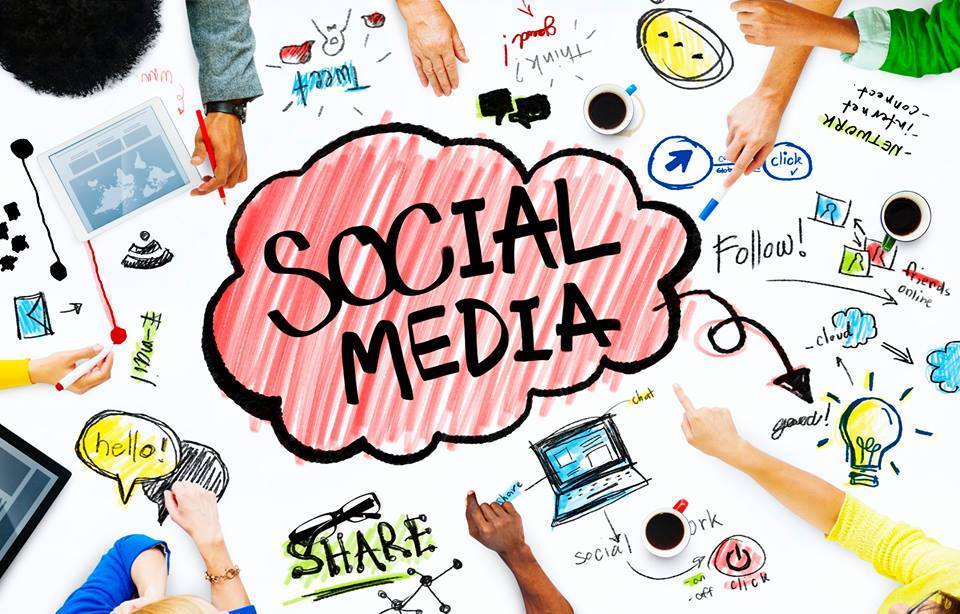
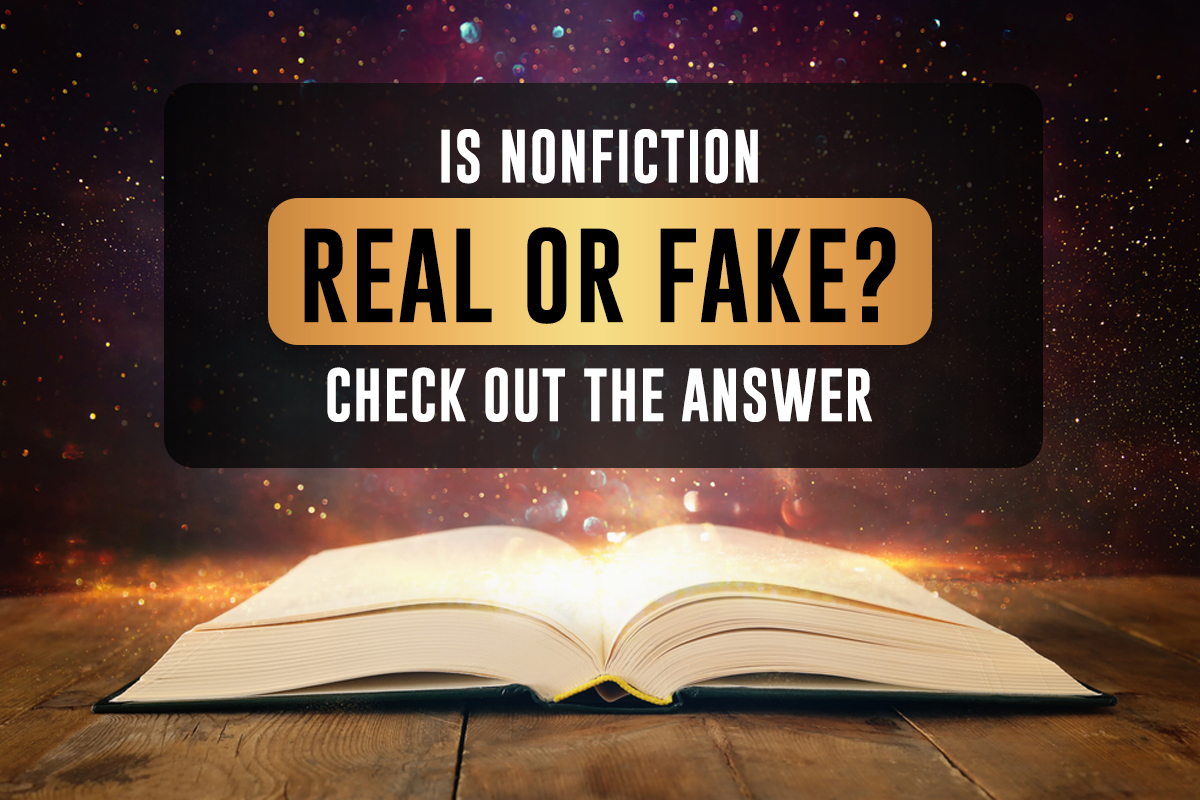






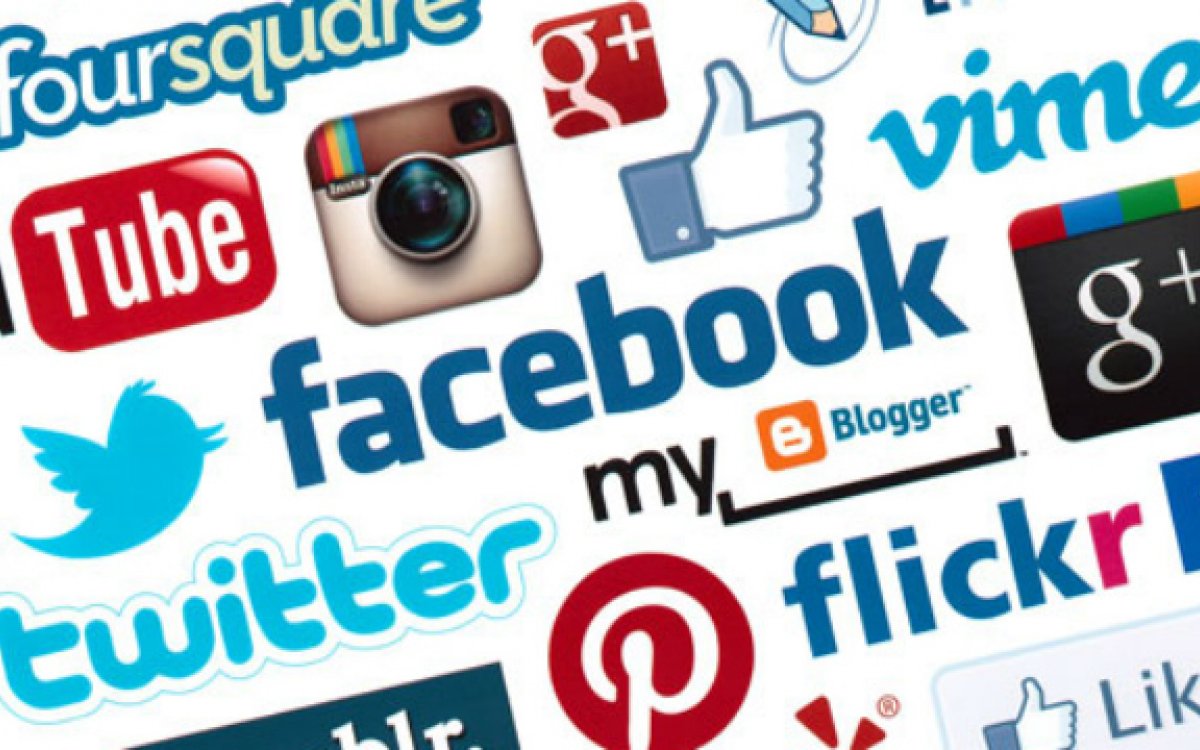
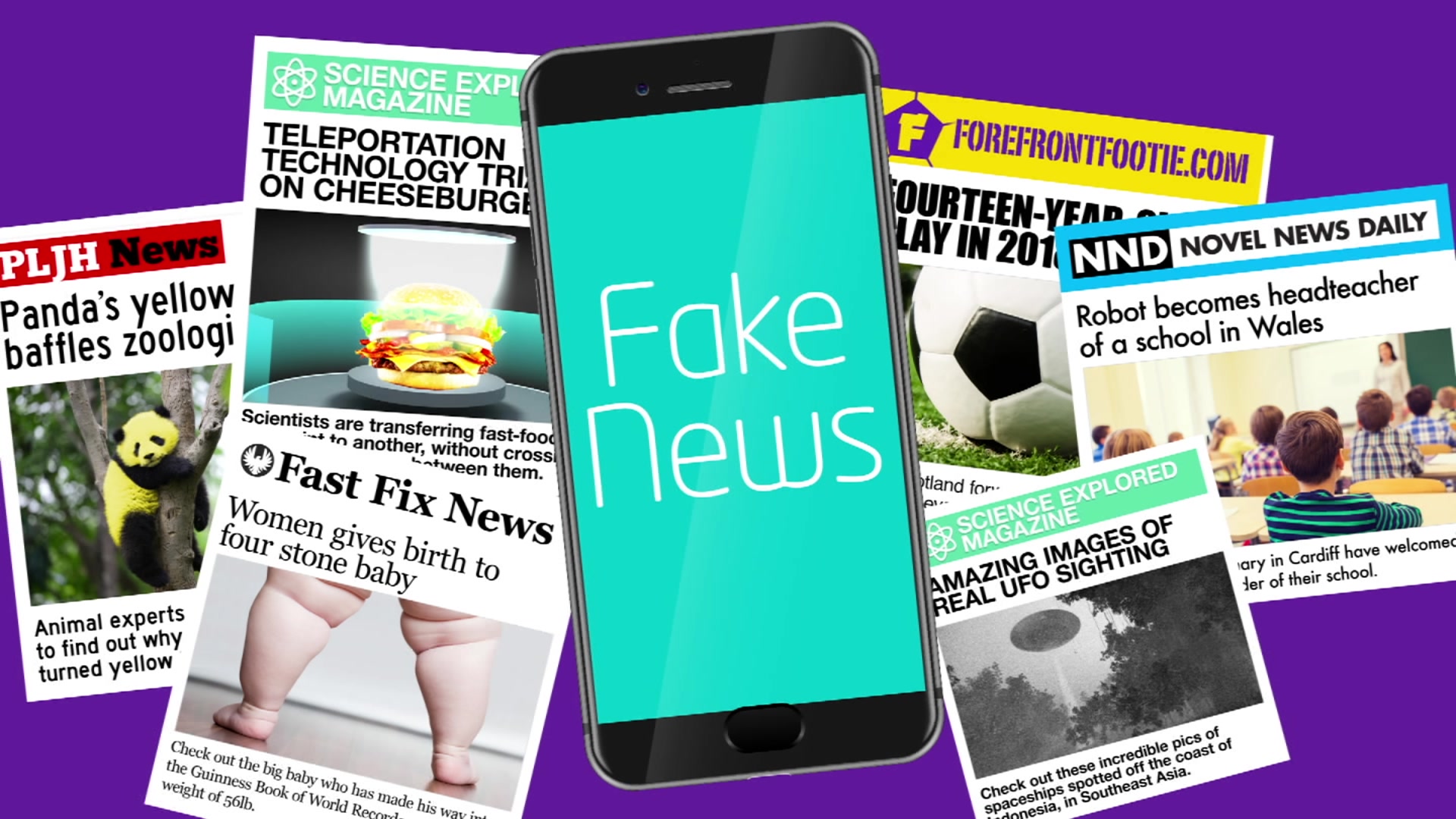

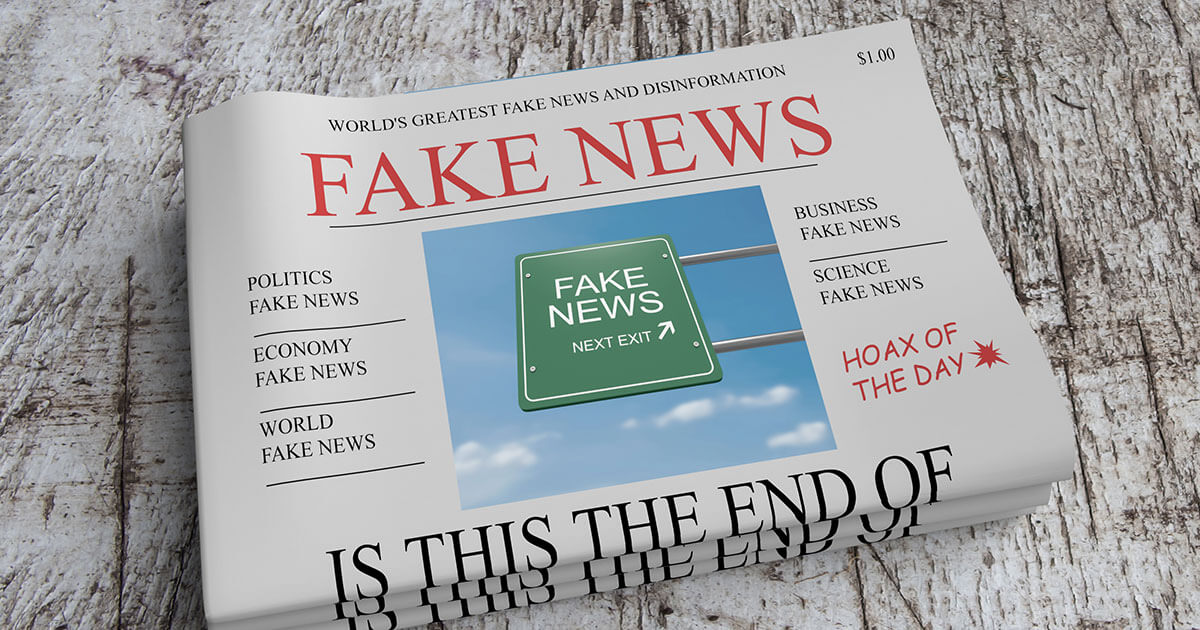

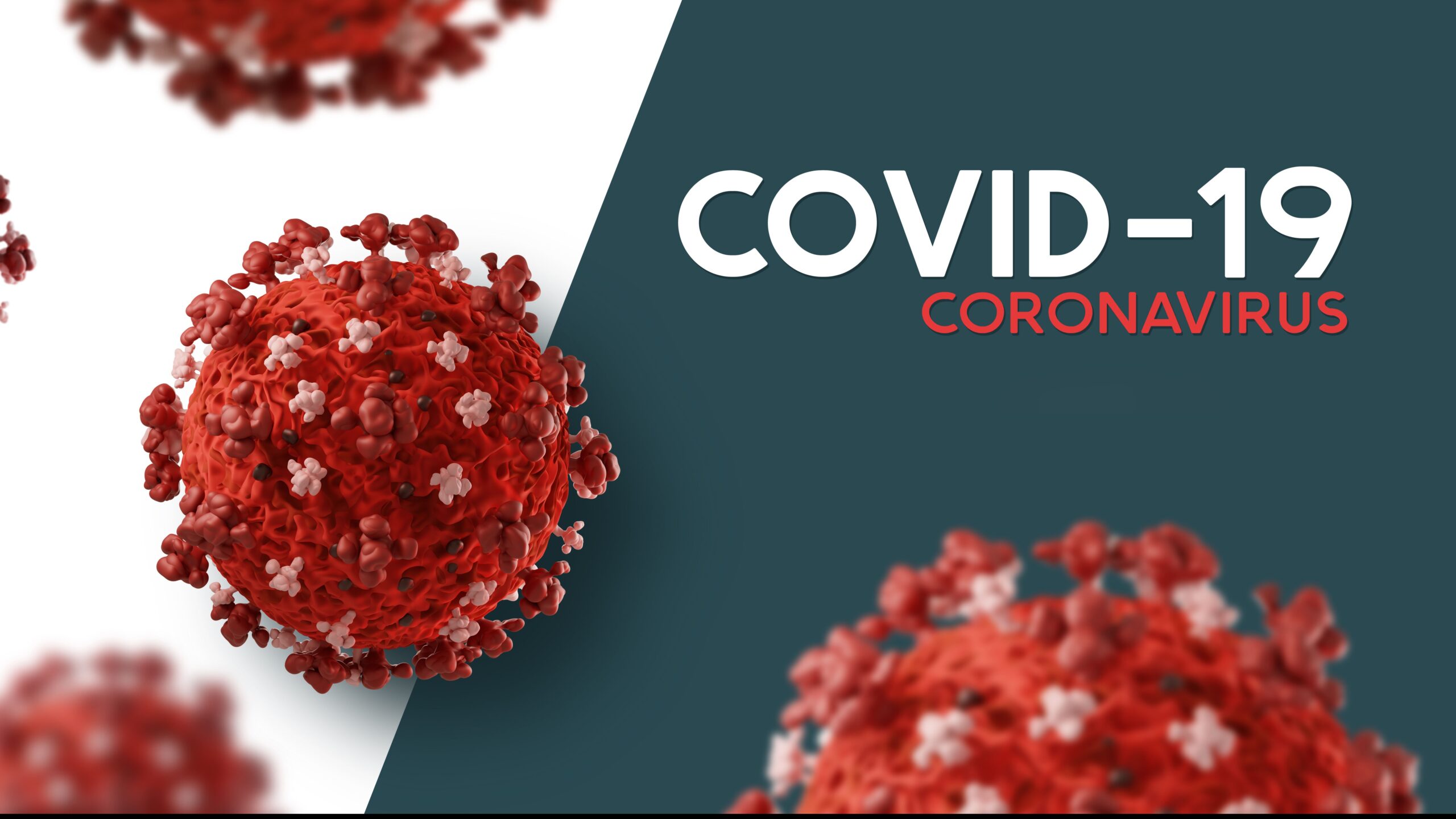





:max_bytes(150000):strip_icc()/coronavirus-test-AdobeStock_228118399-50ecfdd0666543bab13cfe7438c96144.jpg)
